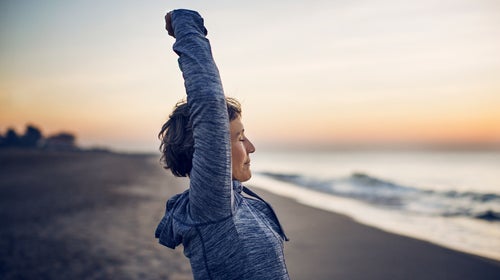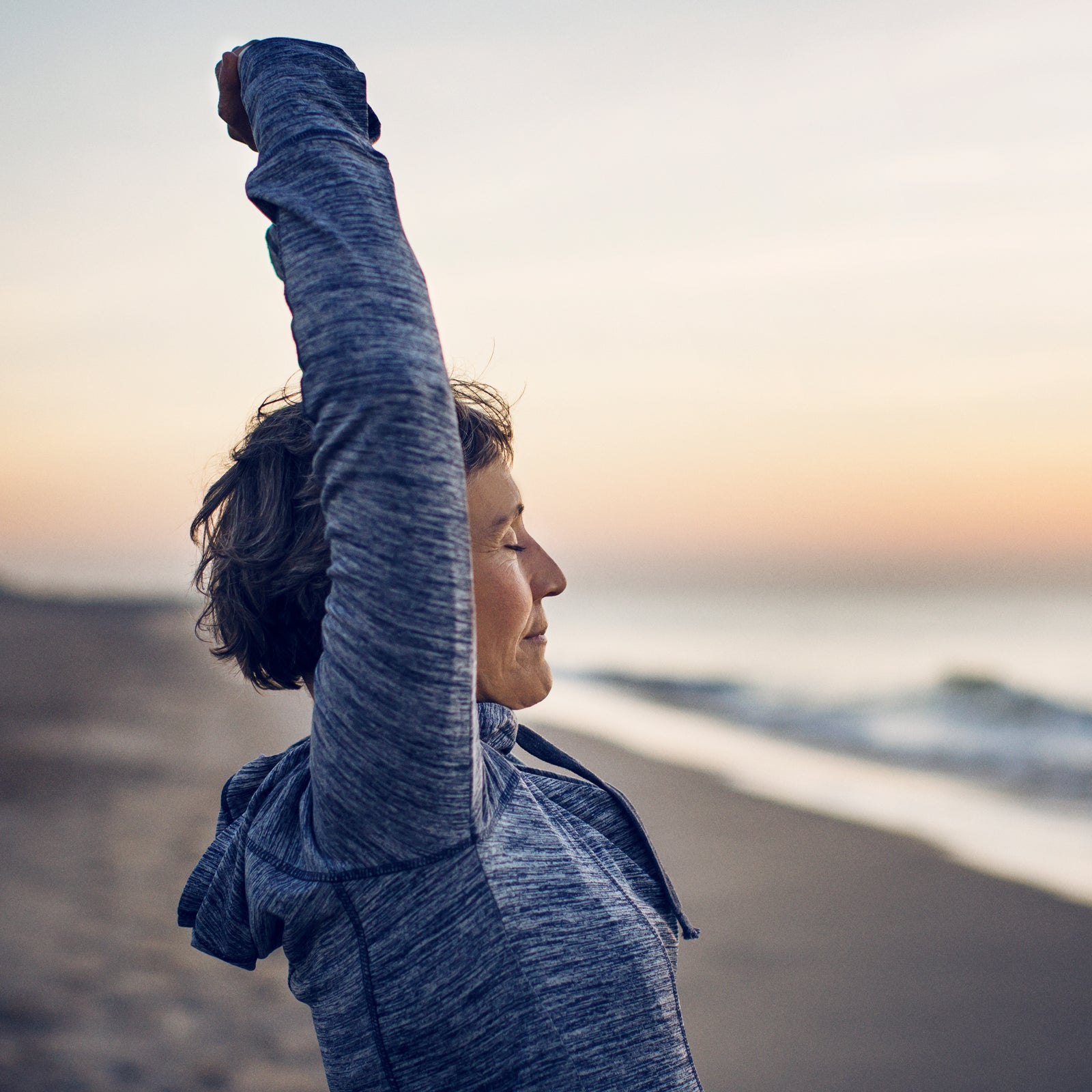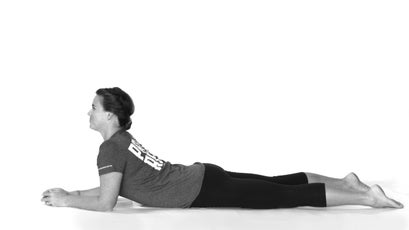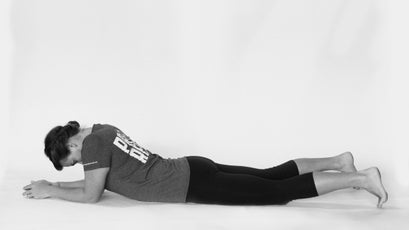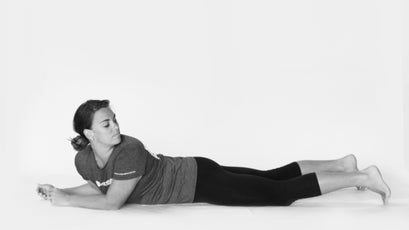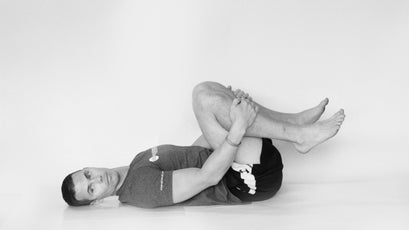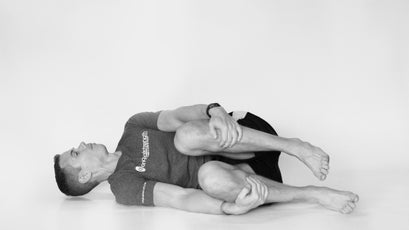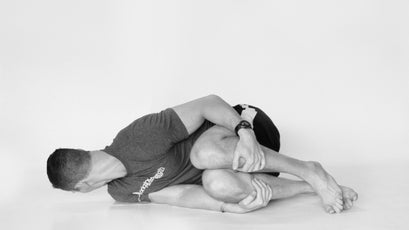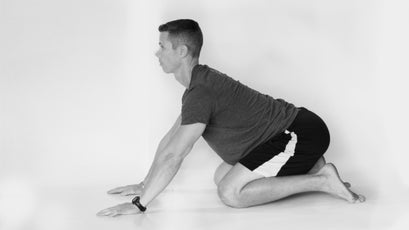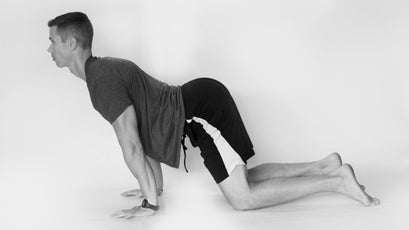Between the pandemic, wildfires, and╠řa presidential election cycle, collective stress levels are at an all-time high. Gentle╠řpractices that give your nervous system a chance to reset are more important than ever.
Childlike movements such as╠řrocking, rolling, and crawling can help ease stress, explains Dani Almeyda, a personal trainer who teaches restorative movement to clients and trainers at the╠ř in North Carolina. The developmental movement patterns we learn╠řas babies help us build the strength and coordination to walk and run. Now╠řthey can help disengage the sympathetic nervous system, commonly known as fight-or-flight mode, and bring the body into a parasympathetic state, or rest-and-digest mode, Almeyda explains.╠řThey can also relieve tension, get your joints moving smoothly, and offer moderate strengthening.
This restorative routine from Almeyda and Tim Anderson, a personal trainer and cofounder of the Original Strength Institute, can be done anytime, anywhere. Run through it whenever you feel like you need to press reset: the first thing in the morning, after a workout, or during a midafternoon slump. Roll out a yoga mat or blanket, or find a carpeted area to comfortably rotate╠řthrough the exercises. Begin by focusing on your breath, and gradually cycle through the movements to wake up your muscles and joints without stressing your nervous system.
The Moves
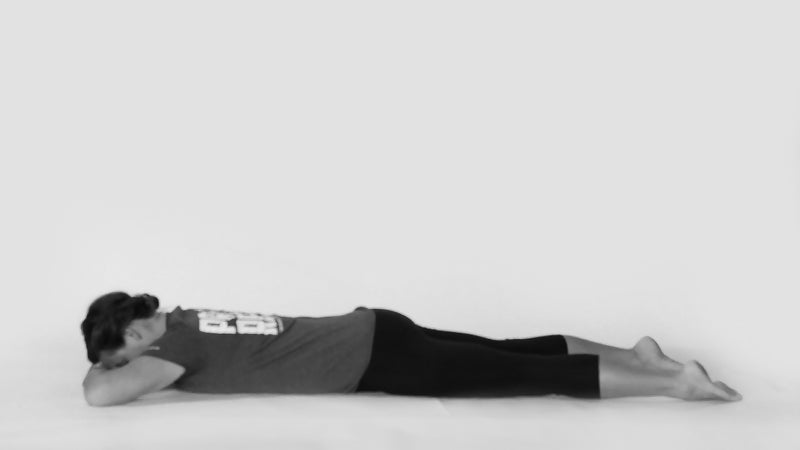
Crocodile Breath
What it does:╠řSlow, deep breaths lower your heart rate and blood pressure and deliver more oxygen throughout the body, all of which help╠ř╠řinto a parasympathetic state.
How to do it: Lie flat on your belly, and let your forehead rest on your hands. Place your tongue on the roof of your mouth, which opens your airway and allows you to bring more air into your lungs, Almeyda explains. Take a deep breath in through your nose, inhaling╠řon a five-count to fill your belly (not your chest) with as much air as possible. Then╠řrelax and breathe out through your nose on a five-count.
Volume: Continue breathing in and out of your nose for two minutes.
Head Nod and Rotation
What it does: Helps╠řrelease tension in the neck and shoulders.
How to do it: While still lying on your belly, prop yourself up on your forearms so theyÔÇÖre straight out in front of you. Keeping your shoulders relaxed and your chest forward, slowly look up to the ceiling, letting your head follow your gaze. Then╠řslowly move your gaze down to the floor and try to look at your belly button. Lift your head back to center, and gently look over one shoulder, then the other. ThatÔÇÖs one rep. Stay relaxed, and continue breathing deeply in and out of your nose, filling your belly with air.
Volume: Do ten full rounds of head nods and rotations.
Egg Rolls
What they╠řdo: Physical contact is good for our brains and bodies. Hugging, for instance,╠řis associated with a rise in oxytocin, a hormone that . These╠řmovements mimic╠řthat sensation, no buddy required. The gentle motion╠řof swaying back and forth is also a self-soothing technique (think: rocking a baby).
How to do them: Lie on your back and pull your knees into your chest, tucking yourself into a ball. Grab hold of your knees, and gently look to one shoulder. As you turn your head, allow your body to roll over to that side, like an egg. Once youÔÇÖre lying on your side, keep rotating gently through your neck and upper back, looking down and past the shoulder touching the ground, getting an even deeper stretch. Only rotate as far as is comfortable, and make╠řsure to breathe deeply. Then╠řslowly look to the other shoulder, and allow your body to roll in the opposite direction. Keep your body tucked in tight.
Volume: Continue rolling for one minute.
Quadruped Rocks
What they╠řdo: These repetitive, gentle movements and deep breaths relax the nervous system. ÔÇťAlso, they╠řfeel╠řgreat and help╠řkeep key jointsÔÇölike your shoulders, hips, knees, and anklesÔÇömoving,ÔÇŁ Almeyda says.
How to do them: Get down on your hands and knees,╠řwith your feet flexed; your shoulders should be stacked over your hands and your hips over your knees. Keep your chest╠řand head up, allowing your spine to settle into a slight curve. Slowly╠řrock your hips back toward your heels until you feel a gentle stretch in your ankles. Then╠řrock forward as far as you feel comfortable. Line up your movements with steady breaths.
Volume: Rock back and forth for one to two minutes.
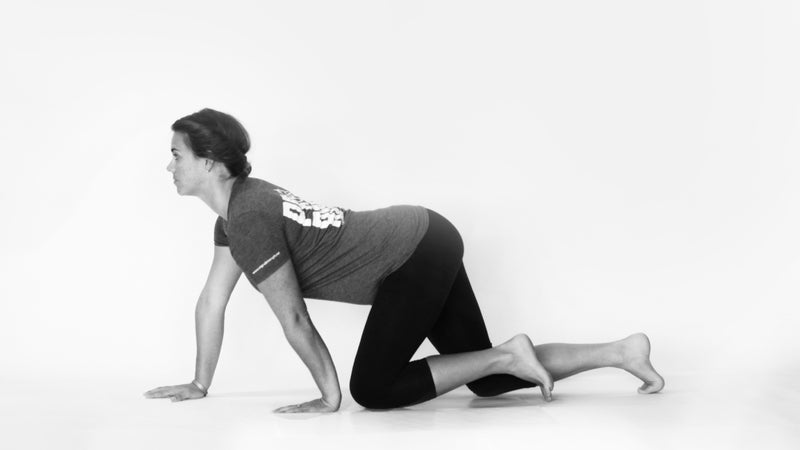
Hand-Knee Crawling
What it╠řdoes: Since most of us havenÔÇÖt crawled in years, this may be a little challenging at first. Coordinating the movement of your opposing limbs really wakes up the brain,╠řAlmeyda explains.╠řHand-knee crawling also gently engages your hips and shoulders, which tend to get stiff from sitting for long periods of time.
How to do it:╠řLike the previous move, begin on the floor on all fours, so your shoulders align with your hands and your hips align with your knees. Keeping your chest forward and head up, initiate the movement by stepping your opposite hand and knee forward. Allow your spine to curve naturally. Continue alternating sides, making sure to look straight ahead the entire time.
Volume: Keep crawling for one to two minutes.
